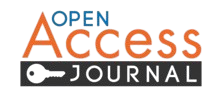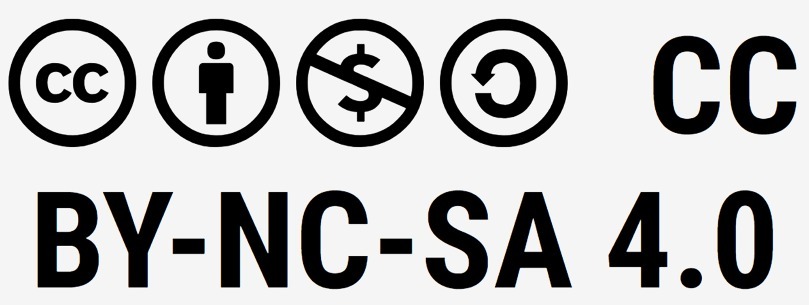General Format and Article Sections
Guidelines for Manuscript Preparation – Consortium Publisher (ICDTD Inc., Canada)
Submit Manuscript
General Format
Manuscripts must be prepared on standard U.S. Letter-sized pages (8.5” x 11”) with single line spacing, and justified alignment (block format) for both left and right margins. Ensure that all pages fully utilize the typing area with no excessive whitespace. Paragraphs should be separated by double spacing, while lines of text must be equidistant to ensure optimal readability.
Special attention must be paid to ensure scientific symbols, superscripts, and subscripts are clearly legible and do not overlap adjacent lines. Avoid font inconsistencies and adhere to the designated typeface requirements for clarity and uniformity.
Recommended fonts:
- Arial, Times New Roman, Helvetica, or Courier
- Font size: 12-point
Article Sections
Research articles must follow internationally recognized scholarly formats as guided by editorial best practices from ICMJE, COPE, and relevant reporting frameworks such as CONSORT, PRISMA, or STROBE, depending on the study type.
1. Title Page
- Title: ≤ 100 characters (excluding spaces), fully capitalized and centered. Use single spacing if the title extends beyond one line.
- Author(s): Full names with academic credentials.
- Affiliation(s): Complete institutional details including department, university/organization, and location.
- Corresponding Author: Provide full name, email, telephone number, and postal address. If dual corresponding authors are listed, designate one as the primary liaison for the editorial process.
- Running Title: A concise version of the full title, not exceeding 50 characters.
- ORCID IDs: Strongly recommended. Register here.
Begin the title 1 inch (25 mm) below the top text margin.
2. Abstract
The abstract must:
- Be ≤ 200 words
- Stand alone and not include references
- Clearly and concisely summarize the study, including its purpose, methods, primary results, and conclusions
Recommended structure:
- Background
- Objective
- Method
- Results
- Conclusion
Use centered and underlined heading “Abstract,” and indent the body text 13 mm (½”) from both left and right margins. The abstract should be accessible to non-specialist readers and suitable for indexing by major abstracting services such as PubMed or Scopus.
3. Keywords
Provide 5–8 relevant keywords. Use standardized terminology such as those from MeSH.
4. Introduction
Provide a concise background with no subheadings. Establish the context and significance of the study and state the research objectives clearly. Avoid lengthy literature reviews.
5. Materials and Methods
This section must:
- Describe study design, sample population, data sources, equipment, and analytic procedures
- Include the names and locations of all suppliers (e.g., Sigma-Aldrich, Thermo Fisher)
- Detail statistical analyses and ethical approvals with reference numbers
- Adhere to reporting standards from organizations like CONSORT or ARRIVE where applicable
6. Results
Clearly present findings supported by figures and tables. Do not duplicate content across multiple formats. Summarize relevant observations while tying them explicitly to research aims.
7. Discussion
Interpret results in the context of existing literature. Discuss significance, limitations, and implications. Avoid repeating information already provided in the results or introduction. The section should:
- Summarize principal findings
- Explain importance
- Acknowledge methodological weaknesses
- Draw evidence-based conclusions
Note: In short articles, Results and Discussion may be combined.
8. Acknowledgments
Mention individuals, institutions, or funding agencies that contributed to the work but do not meet authorship criteria. Clearly acknowledge financial support, specifying grant numbers and agencies, e.g., CIHR, NSERC, or NIH.
9. Tables and Figures
Integrate tables and figures directly into the manuscript text. Each should include:
- Sequential numbering (Table 1, Figure 1, etc.)
- Descriptive legends and captions
- High-resolution formats (TIFF, JPEG, or PNG ≥ 300 dpi)
10. Citations
All in-text citations must follow the Author-Date format (e.g., Smith, 2022). Place the citation immediately after the relevant content within parentheses. The reference list must appear at the end, formatted in Vancouver style with hyperlinks or DOIs where possible.
Reference tools:
Submit Your Manuscript Online:
https://consortiumpublisher.com/OTPValidation
For any questions, contact office@consortiumpublisher.com
Visit us at https://consortiumpublisher.com









